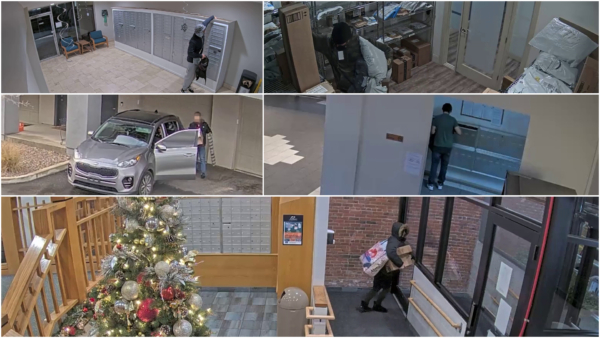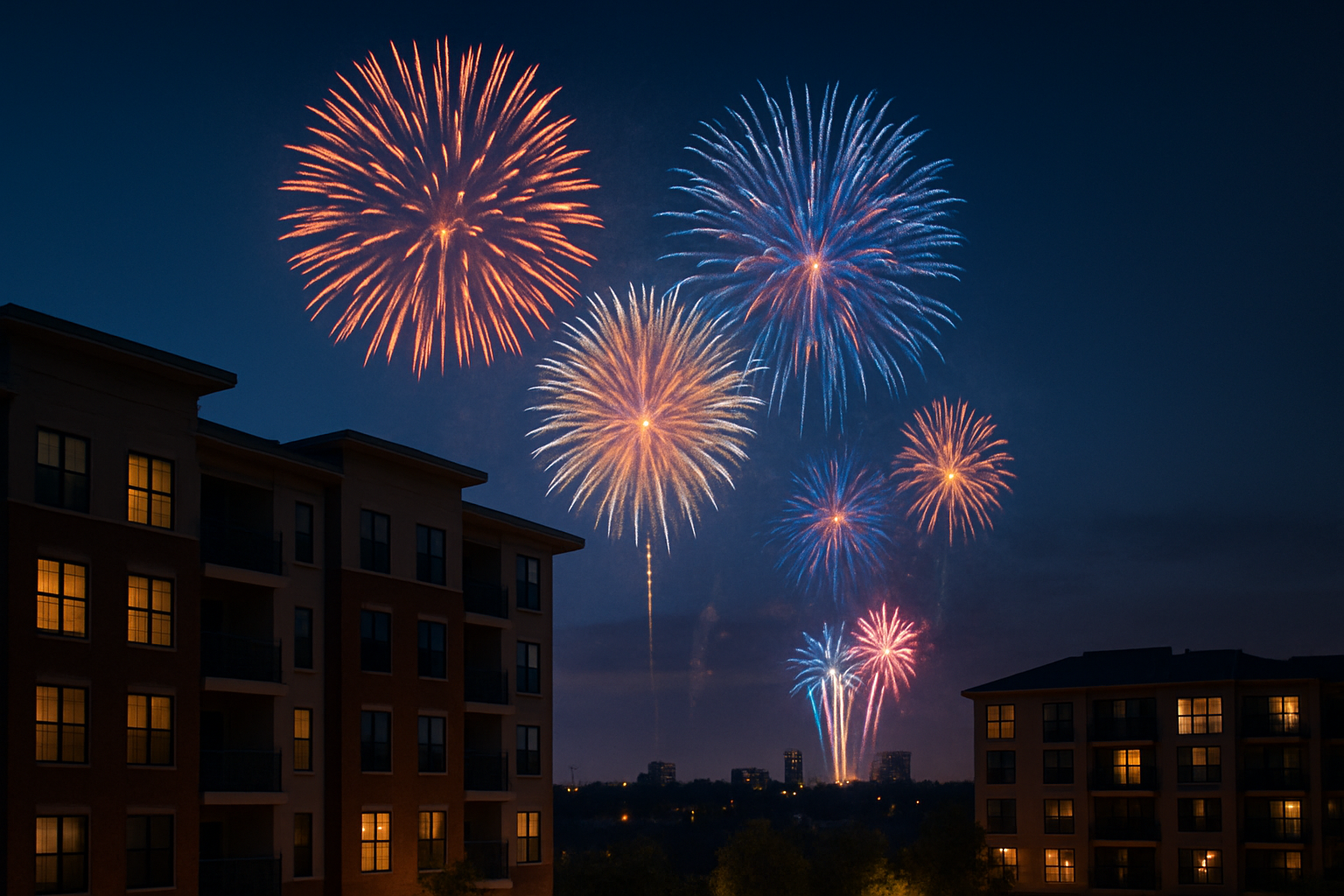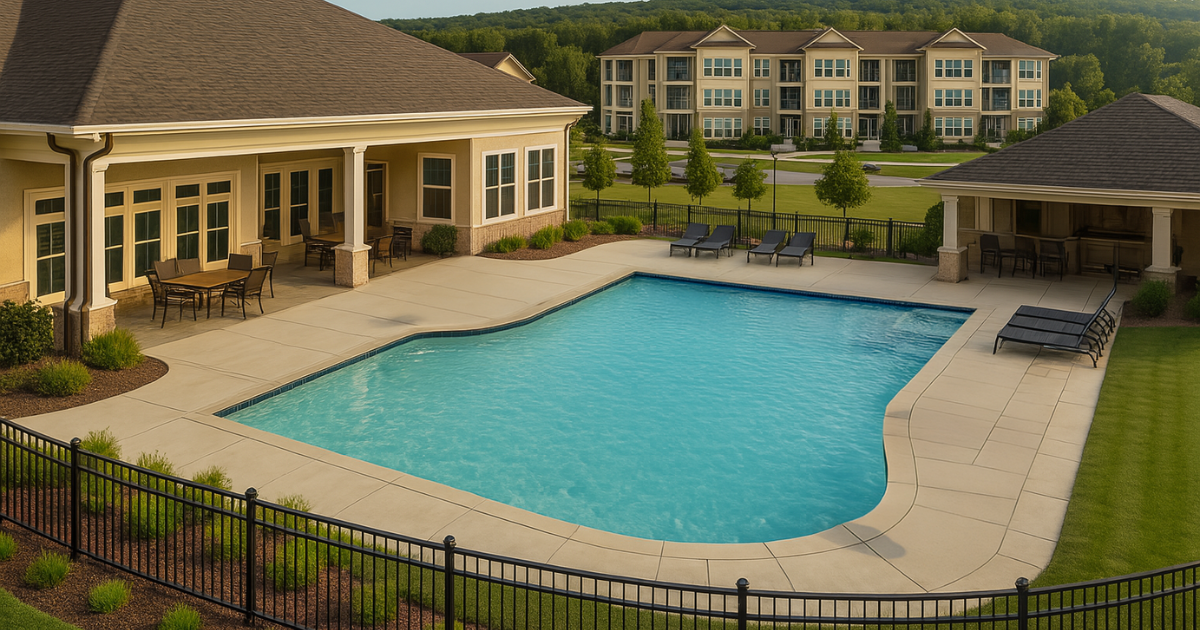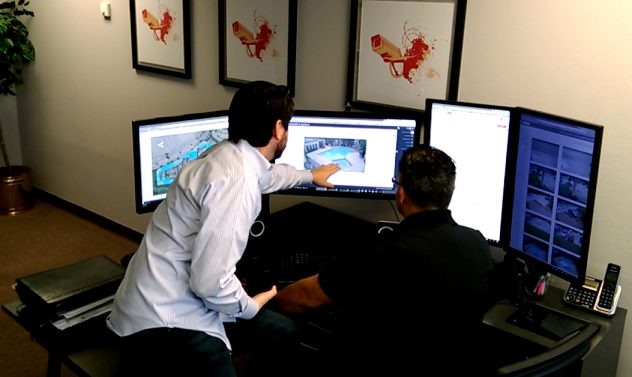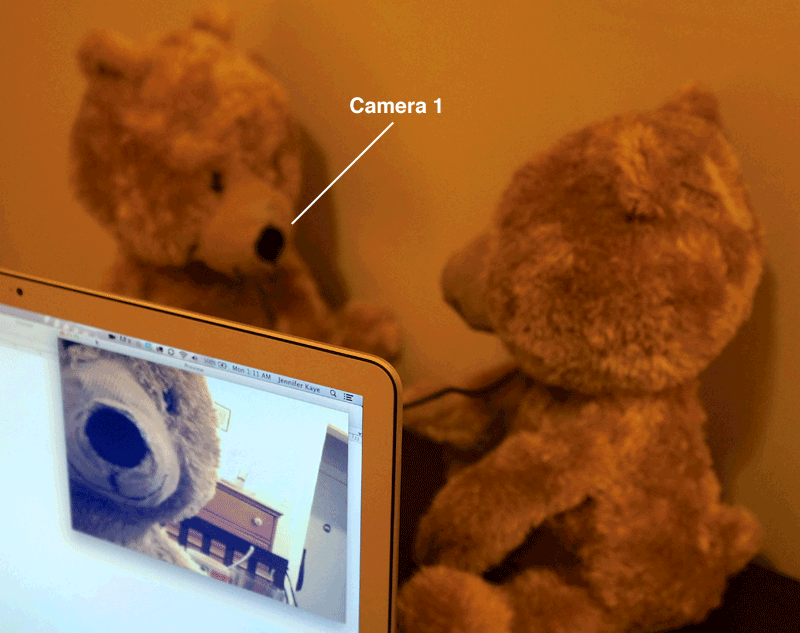
Is… is that a camera?
Let’s talk “hidden cameras”! The most important thing to remember is, interior surveillance cameras, or cameras in areas that people expect a high degree of privacy, places like bathrooms, changing rooms, bedrooms etc. are all places that hidden cameras are alwaysprohibited. But what about hidden cameras in other more public areas? What are the restrictions that go along with unmarked cameras?

In certain states the law explicitly states “the photographing, observing or overhearing events or sounds in a private place without permission is completely illegal”. In many of these states, unauthorized cameras can be charged as a felony, which can warrant prison time. But it is important to consider that technically, no laws in the United States require posted signs giving notice of hidden cameras, in a public setting. Surveillance cameras, such as nanny cams placed in homes to monitor household employees, also require no posting of signs.
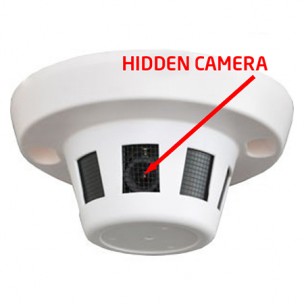
Obviously, personal security cameras on the interior of your house or apartment are perfectly legal but, when it comes to personal security cameras in public areas, it really depends on the rest of the occupants. A tenant placing security cameras outside their apartments in areas such as a hallway or a staircase can solicit opposition from other tenants and spark concerns. Instead of adding personal security cameras in public spaces, it would be better for tenants to work together to talk to landlords to get some kind of security system installed, into their community.
CATEGORIES
MORE ARTICLES
Come this Fourth of July, America will be turning 249 years old! With the holiday falling on a Friday, there is even more reason to celebrate. In the multifamily industry, many apartment communities will mark the occasion with resident [...]
School is out. Temperatures are rising. Summer is officially here, and multifamily communities across the country are feeling the impact. Every season brings its own set of challenges for property management teams, but summer stands out with higher activity [...]
Budget season is the most important annual exercise for any multifamily property. It serves as the financial roadmap to every successful year. In our last article, we focused on why budgeting matters, why it can be stressful, and how [...]
Comprehensive Asset Protection for Every Scenario
From nuisance issues to high-profile property damage, Watchtower Security offers tailored solutions to address every type of asset threat. Our packages include forensic reviews, fostering time savings and enhancing protection through deterred crime and strengthened local law enforcement relationships, ultimately minimizing property damage.


